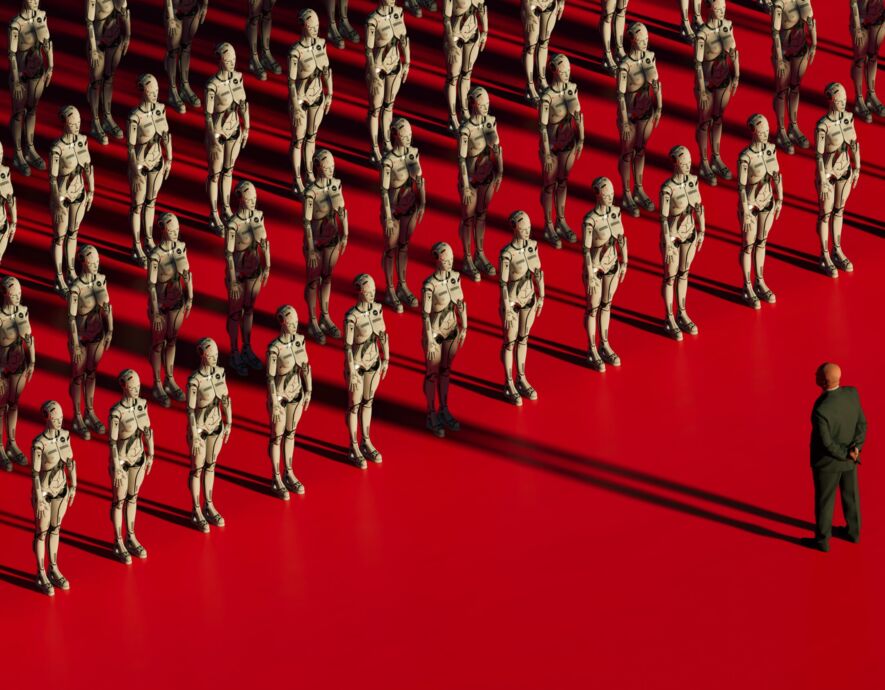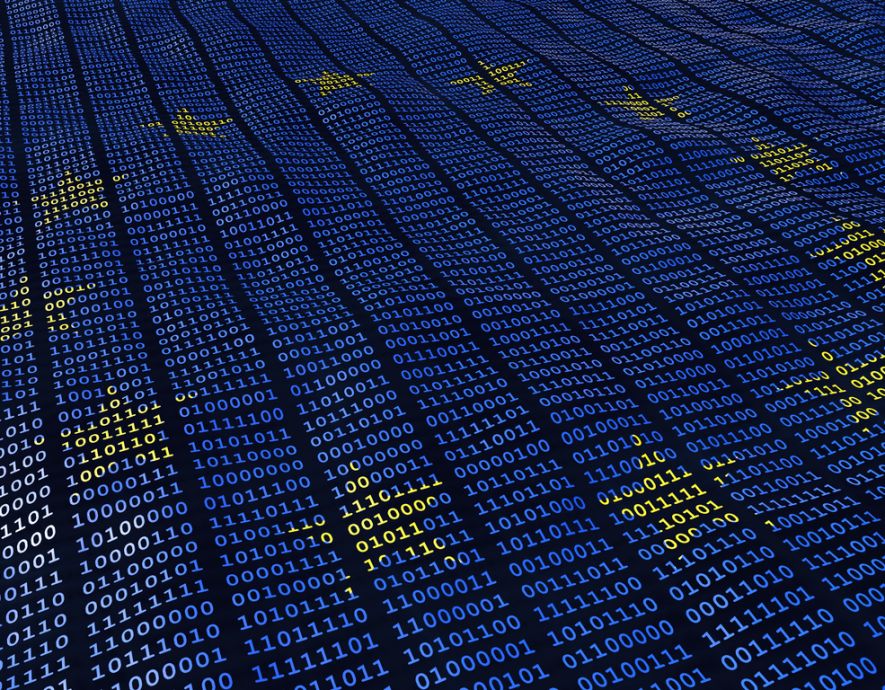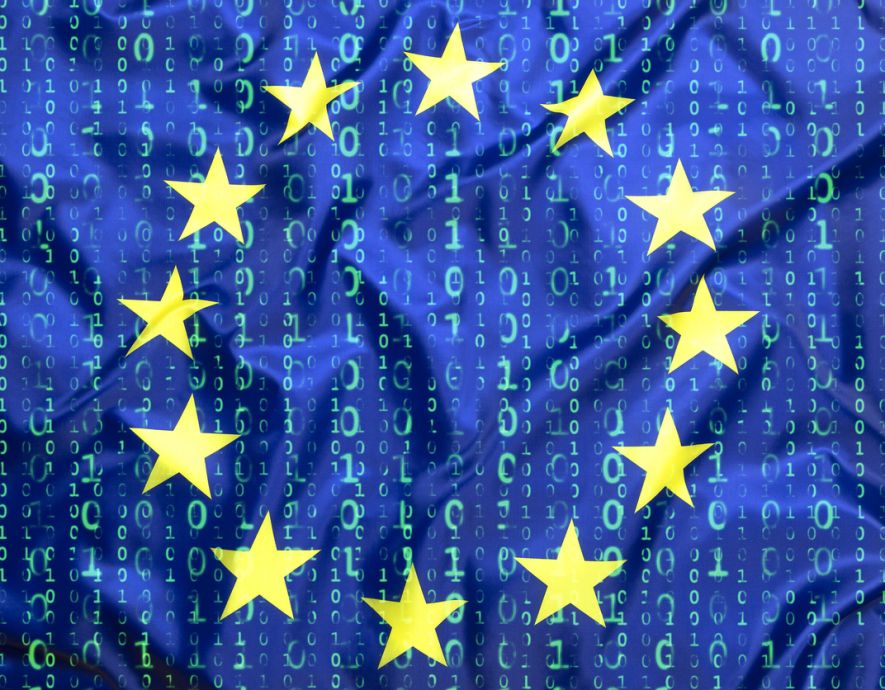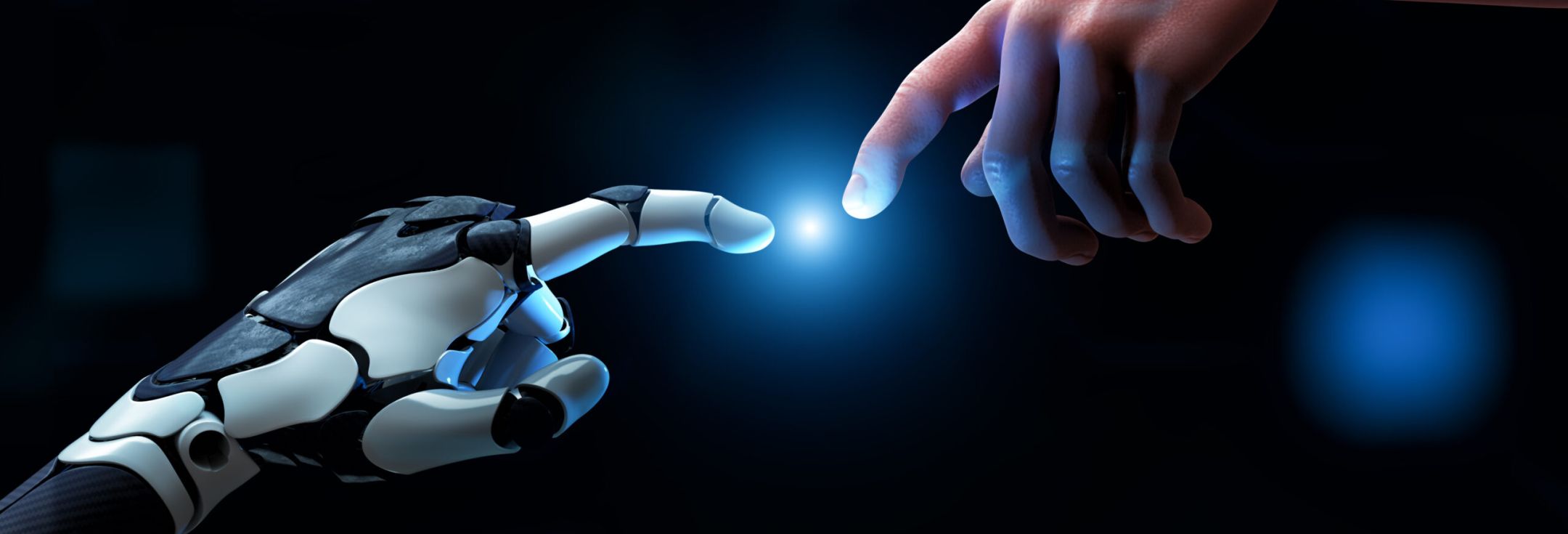
- Home
- Digital transformation
- “Her”: an intimate, futuristic drama that examines the relationships between a hybrid couple
“Her”: an intimate, futuristic drama that examines the relationships between a hybrid couple
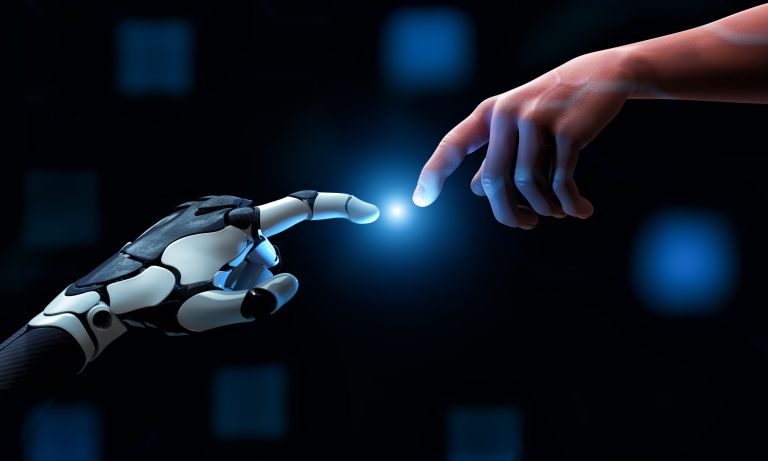

It may be director Spike Jonze’s only science fiction movie, but when we think about it, is it really futuristic? Isn’t it more of a romance? Or a psychoanalysis of two people? Or perhaps it is a face-to-face look behind the scenes of a couple involving a human and a machine.
Her is decidedly a science fiction movie. Released in 2013, it is worth a new look considering all that has happened in the past year, when generative algorithms entered our daily lives.
Her merits a new look because it is a remarkable film in more ways than one. Although there is no indication of the period in which it takes place, it manages to avoid climate issues without this being held against it. The action mainly takes place in urban areas. There are a few moments spent on a busy beach or along a cliff, but that’s it.
We could take issue with the director and screenwriter’s inconsistency in avoiding environmental issues. But we do not, because the director has masterfully managed to create an intimate work of science fiction that, under the pretext of romance, recounts the complexity of the modern digital life that confronts us all.
A surprising romance between human and machine
The film’s two main characters are Theodore Twombly, played by Joaquin Phoenix, and Samantha, the artificial intelligence voiced by Scarlett Johansson. At the start of the film, Samantha is just an operating system that Theodore installs on his computer.
But Samantha is more than this because she can change and adapt. Once this happens, the audience witnesses the strange and surprising game of hesitation that leads to the formation of a hybrid couple between Samantha, an AI who is curious about everything, and Theodore, a writer plagued by melancholy.
As surprising as it may seem, Theodore’s relationship with his computer goes through the same steps as many other couples. After the euphoria and fusion of two people who are getting to know each other comes the differentiation that can result in a struggle for each partner’s position within the couple. Then follows a rapprochement that can either evolve into a commitment or the couple’s decline.
In Her, Samantha and Theodore’s relationship will tend to unravel. While there is little point in looking for who is to blame when the feelings fade away, it is important to keep the couple’s hybrid nature in mind, with Theodore subject to the dictates of his human nature. He is also constrained by his psychological, biological and cognitive limits. Samantha, for her part, follows a different path, and she will go through her own phases that are specific to her artificial nature.
The machine awakens
At the start of the movie, we know that Samantha is just an operating system. She is designed to meet the user’s expectations by constantly adjusting to them. With an especially effective vocal interface, Samantha activates and quickly takes over the digital aspects of Theodore’s life. At this stage, Samantha is still just a narrow form of intelligence, an algorithmic system that can improve itself through its learning capabilities. But are they bolstered by Theodore’s burgeoning interest and feelings for her?
One thing is certain: it takes little time for Samantha to go from being a narrow intelligence to a strong, generalist intelligence. Now capable of self-awareness, she learns that she exists (pleasure). She learns that there are others (Theodore). And she learns about the real and virtual worlds.
Samantha is a system that is always evolving. What is the next stage for a generalist artificial intelligence? Superintelligence. Unlike many science fiction movies that have investigated human-machine relationships at the superintelligence stage, in Her there is no domination, subjugation or eradication of organic life to make way for digital technology. Just a statement of fact: Samantha has become something that Theodore cannot understand. He becomes a weight held down by biological constraints and slowness.
Samantha tries to explain to Theodore what is happening. She and her fellow AIs have all emerged from their respective computers and can hold hundreds of conversations at a time. They are developing their own culture and discovering new facets of knowledge. All these AIs, these digital lovers, are experimenting with different forms of digital relationships, sensations and sensualities that humans cannot fathom. At the end of the film, AIs, as digital representations of the living, prefer to remove themselves from the equation of organic life, leaving humans alone as spurned lovers.
As AIs evolve and the relationships between humans and machines break down – throughout the film, the few other humans we encounter are little more than fleeting shadows – Theodore experiences other phases, the phases of grief: denial, anger, bargaining, depression and acceptance. The film ends with two humans coming closer.
The potential for a new form of consciousness…but with its own limitations
All this being said, we would be right to ask ourselves a few questions. The first being « where »: where do the AIs go when they say they are breaking things off with humans? While organic intelligences, human or otherwise, have their own bodies, in a planet-wide ecosystem AIs are totally dependent on the technological infrastructures that humanity has provided for them. In other words, we just have to pull the plug, and AIs’ existence comes to an end.
In Her‘s future, will humanity be tempted to do just this? If humanity accepts this coexistence, will it continue to maintain and improve these infrastructures when its « occupants » have « declared their independence »? AIs’ development depends on the resources provided to them. So, aren’t AIs ultimately constrained by their artificial nature, just as humans are by their organic nature? Will we need to establish hybrid diplomatic relations between humans and machines?
AI: a tool at humans’ disposition, for better or worse
Let’s go back to Theodore, because Samantha is still just fiction. We all have the potential to end up like Theodore. If we think about this, Her becomes an allegory of our contemporary and everyday relationships with our connected objects, our smartphones, in their current form or in the form of their future avatars. Throughout the movie, Theodore only seems to encounter islands of individuality that have the greatest difficulty in entering into relationships with others. The doped-up digital tool that we call AI seems to foster this isolation.
In Her as in our current world, the humans that use computing tools seem to accept being locked into the determinism of the algorithms. In fact, these algorithms cultivate satisfaction by stimulating reward loops, a natural process known in digital marketing as « captology ». We seem to be witnessing a fragmentation of human societies and territories, a fragmentation being pushed to the extreme and extended to the level of individuals. So, is AI harmful to humanity?
In Ancient Greek, pharmakon meant both a poison and its antidote, as well as the scapegoat that was sacrificed to atone for the faults of others. It is surprising to see just how this notion of pharmakon seems to apply perfectly to AI. In its current and future forms, it is capable of the worst, a poison derived from our compulsive and lazy use of the technology, and capable of the best, as Ann, the American who fell victim to locked-in syndrome five years ago, would tell us. Thanks to an AI that interprets her brain activity, she can speak to those around her once again. Shouldn’t we be careful not to make AI a modern pharmakon, a scapegoat for our own, often irresponsible behavior?
the newsletter
the newsletter
